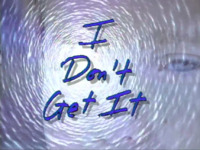Browse Exhibits (175 total)
Global Geography

A series of ten 15-minute video programs in world geography for grades six through nine and a joint project of the National Council for Geographic Education, the Association of American Geographers, the American Geographical Society, and the National Geographic Society
Drawing with Paul Ringler
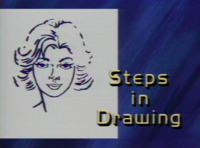
Teaches basic drawings techniques in various stages of the technical and creative proces.
Applied Communication
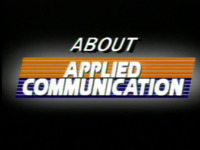
Applied Communication was created by 43 state and provincial education agencies and the Agency for Instructional Technology (AIT) to "teach the communication skills all students will need in the workplace of today and tomorrow."
Watch Your Language

Uses on-camera narration and a dramatic episode to teach new vocabulary and word analysis skills.
You, Me, and Technology
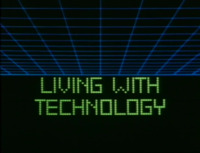
An Agency for Technology series on science, technology, and society for junior high, high school, and vocational school students designed to develop technological literacy, recognize the impact of technologies on society and develop an objective attitude toward technologies. (Missing Episode 5, Health and Technologies)
American Legacy
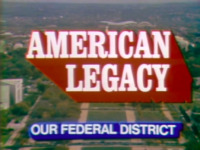
These sixteen 15-minute programs reflect the disciplines of social studies as they apply to the United States. Each of the selected topics is treated from a regional standpoint that emphasizes significant locations, events, and personalities in history and their relationship to the geography and economics of the region today. The series is designed to be consistent with and easily related to many widely-used fifth-and sixth-grade social studies texts.
Solve It

Focuses on teaching everyday mathematical skills. Young hosts introduce and interpret dramas in which children must perform real-life mathematics problems, and documentary segments show adults who apply the same skills on the job. Teaches specific problem-solving strategies.
WSJV Reports on Ryan White, 1985-1993
Sections of this exhibit have been adapted from an IULMIA blog post from September 2018 and "We Know Ryan White," First Monday, 25.10, 5 October, 2020, by Katie M. Morrison and Andy Uhrich.
HIV/AIDS in American public memory are typically framed by coastal metropolitan areas like New York and San Francisco. Yet one of the most publicly fraught cases of HIV/AIDS played out in north central Indiana. In 1984 Ryan White, a then-thirteen-year-old boy from Kokomo, Indiana contracted the virus through a blood transfusion meant to treat his hemophilia.
The WSJV collection provides an opportunity for researchers to gain local, media-framed perspective on the AIDS epidemic. Some of the news spots are from national syndication, but some of them are local stories on Ryan White conducted by WSJV.
As the major broadcast television affiliate for the “Michiana” region (northwest Indiana and the southwest tip of Michigan) for the 1950’s-2010’s, WSJV experienced the full technological revolution of television journalism in the 20th century. Long running stations like WSJV found that keeping a tape library was quite useful for ongoing news production. The tapes could help producers find b-roll and sound bytes without having to go out and shoot new footage in the field. Anchorpersons and reporters could use the library to compile tapes featuring their past work for a portfolio. Unfortunately these tape libraries put large space and time burdens on the fast-paced stations. Stations commonly took advantage of overwritable magnetic media to record over old content or even discard them. Nevertheless, the WSJV collection makes available more than 1,500 videotapes, which represent a small fraction of the news the station produced. These tapes document a slice of the history of northwest Indiana and southwest Michigan.
The tapes from the collection have been digitized and can be viewed at Indiana University Libraries Media Collections Online, WSJV Collection. Segments related to Ryan White and the AIDS epidemic have been highlighted and can be accessed in a content list located below each video in the collection.
The video below, created by Katie M. Morrison amd Andy Uhrich, highlights segments from WSJV reports on Ryan White and intersperses handwritten logs of WSJV reporters and producers. Uhrich and Morrison describe their video as a a way to "re-present the chaotic and informational sense of history [that] the unedited WSJV tapes provide and show slippages between video segments and their written description." This remarkable digital production raises questions about how archival information is processed, organized, and represented and invites viewers to see moving image archives as more than repositories, but rather as contested spaces of memory and meaning.
We Know Ryan White-2019 from J Uhrich on Vimeo.
Well, Well, Well-With Slim Goodbody
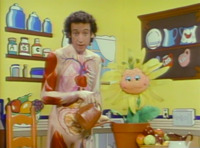
This 15-part series focuses on health and wellness for children in kindergarten and the primary grades. Hosted by educational television favorite Slim Goodbody (John Burstein).


